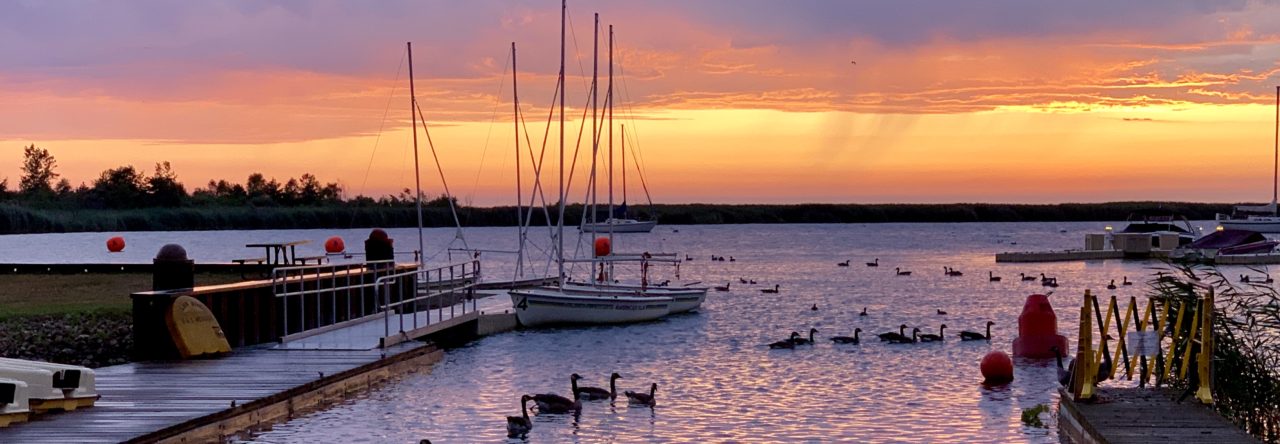Setsubun is held on February 3rd. Last year, I went with Miki and Dina to a Setsubun festival. This year, Setsubun was on a Saturday. On Saturday mornings, I normally have a session with my English student, Manami. Instead of having our traditional class, I suggested we go to Kamakura and visit the Hachiman-gu Shrine for the Setsubun Festival. (A Julia School field trip).
Setsubun means “change of seasons” and celebrates the upcoming Spring. Beans are thrown as a means of purification.
One of Dave’s coworkers translated the website for me on Friday night. She told me to be inside the perimeter of the ropes near the Shrine required a special ticket. The tickets would be passed out at noon on Saturday. The website recommended arriving early because the line could be very long and the tickets would run out. Manami and I decided to meet in Zushi and take the train together to Kamakura around 10am. We arrived at Hachiman-gu Shrine by 10:15.

Manami asked the official where we needed to wait for a ticket. He directed us to the line. Believe it or not, we were not the first in line!

We waited patiently. Fortunately, the day wasn’t too cold. Every minute that passed the line grew and grew. By noon the line was double sided!!


Shortly before noon, we were given our tickets.


However, we still had an hour before the ceremony started and two hours before they would throw the beans. We took about 45 minutes to warm up in a little waiting area before the events began. We returned to the area and waited patiently and secured our spot.


Soon it was time for the official party to arrive.
 http://wabisabisole.com/wp-content/uploads/2018/02/img_1795.mov
http://wabisabisole.com/wp-content/uploads/2018/02/img_1795.mov
The official party continued to grow! The members included business owners, Miss Kamakura, and politicians.


The ceremony included a blessing of the crowd. The wooden boxes hold the packets of beans that will be thrown to the audience.

The official party members then entered the Shrine. That permitted Manami and me to be even closer to the front of the Shrine!! The large guy in the middle is the owner of the famous Kamakura dove/ pigeon cookie. The lady to his left is a famous Tokyo reporter. The ladies in the beautiful Kimonos are Miss Kamakura. We were so close to the front! Perfect for catching lots of lucky beans!



Finally, it was time to toss out the beans! Throwing the beans drives out demons and allows for good fortune to enter. Look at the crowd! Good fortune for everyone!!



Before living in Japan, I could never imagine such an orderly crowd. Another reason why I love Japan. Everyone is polite even when trying to catch good fortune beans! We caught several packets of soybeans. Enough for both of us and plenty to share. Each person must eat the same number of beans that corresponds with their age. Dave and I both enjoyed our respective piles of beans!


Manami also ordered us special sushi rolls to eat called “Ehoumaki.” I brought it home for Dave and I to share. It is important to eat the roll in the direction of the God of Happiness and Wealth. This year, Manami told me we should eat the roll facing south-south east. As I was opening the roll, I noticed the compass on the wrapper. It also pointed to the SSE. I used the compass on my iPhone to ensure we were facing the right direction.





It was such a special day. I enjoyed the opportunity to experience a Japanese custom in conjunction with my English session. As the first Julia School field trip, I think we were very successful!










































































